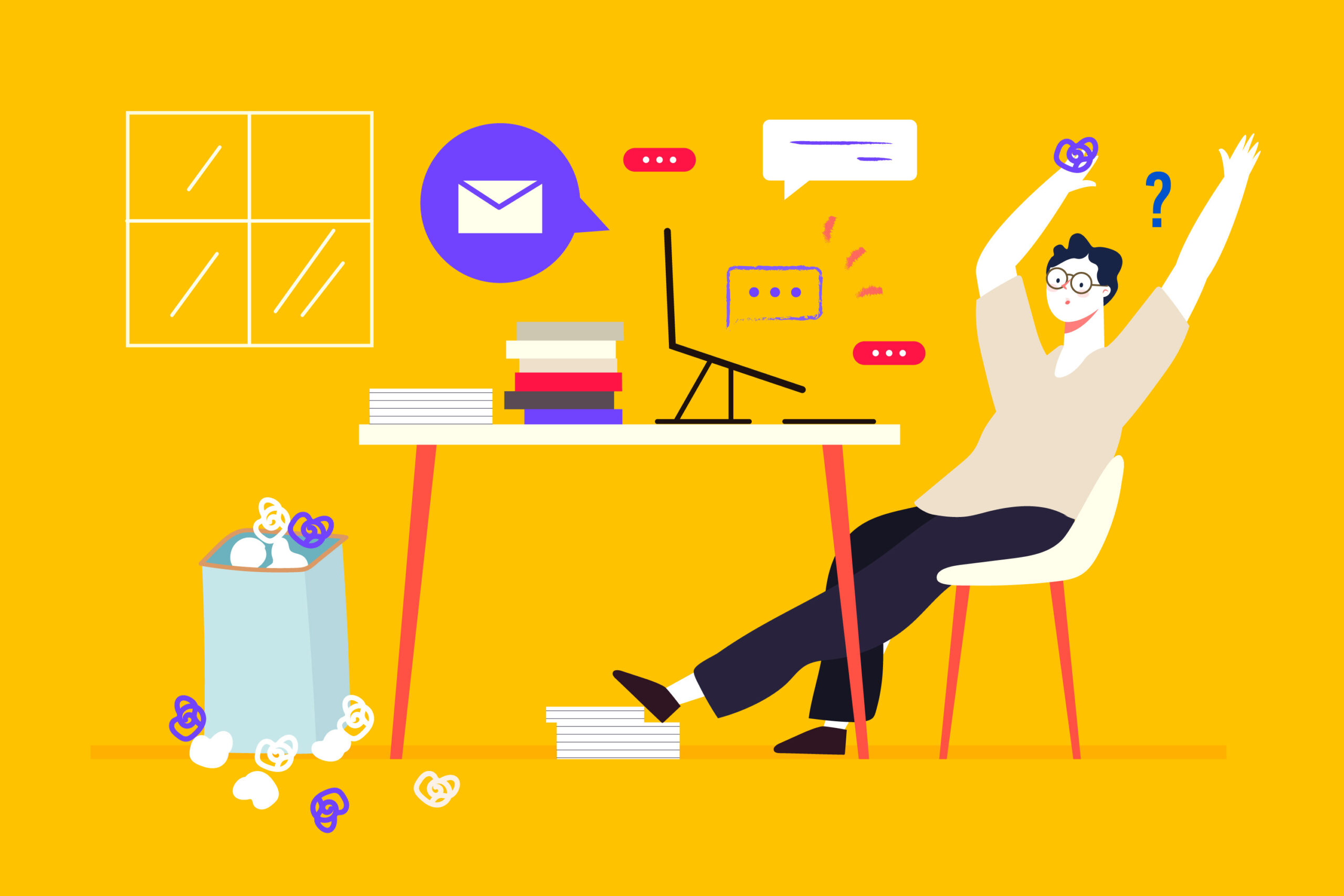How to Help Your Child Overcome their Multitasking Madness
The Myth of Multitasking During Homework
It’s a common sight: your child is sitting at their desk, textbook open, but they’re also texting friends, occasionally checking social media, and maybe even watching a video on the side. It may look like they’re getting a lot done, but the truth is that multitasking can be a severe detriment to their academic performance. But don’t worry, as a parent, you have the tools to help steer them away from this counterproductive habit.
The Importance of Single-Tasking in Academic Success
Why Multitasking Isn’t the Answer
Multitasking, especially during homework, can hinder learning and retention. Studies show that the brain struggles to focus when it’s juggling multiple activities, making it harder to absorb information effectively. Thus, the illusion of productivity masks the fact that the quality of work may suffer.
The Role of Parents in Encouraging Focus
As a parent, you play a crucial part in your child’s academic development. You can set boundaries and create an environment that’s conducive to focused, single-task homework sessions.
Practical Tips for Parents to Foster Productive Study Habits
Create a Distraction-Free Zone
Choose a quiet space away from the TV and other distractions where your child can focus solely on their homework. Make sure this area is well-lit and comfortable, with all the study materials they’ll need.
Establish a Homework Routine
Consistency is key. Help your child develop a regular homework schedule that includes designated breaks. Encourage them to stick to this timetable, making it easier to develop strong study habits over time.
Limit Access to Devices
Keep smartphones, tablets, and other distracting devices out of reach during homework time. If technology is required for an assignment, supervise its use and ensure it’s being used for academic purposes only.
Teach Time-Management Skills
Provide a timer or use a time-management technique like the Pomodoro Technique. This method involves working in blocks of focused time (usually 25 minutes), followed by short breaks, which can help increase productivity and maintain high levels of focus.
Leading by Example: Be a Role Model
Show, Don’t Just Tell
Practice what you preach. If your children see you giving your tasks undivided attention, they’re more likely to imitate this behavior. Make it a family practice to put phones away during meals and other family activities.
Engage in Mono-tasking Activities Together
Whether it’s cooking, gardening, or simply reading, show your child the value of dedicating one’s attention to a single task. Discuss how much more rewarding and productive these activities are when done without distractions.
Final Thoughts: Nurturing a New Generation of Focused Learners
Our digital world constantly tempts us with distractions, making it more important than ever to teach our children the art of single-tasking. By setting the right example and providing a structured, distraction-free environment, you’re not only helping your child succeed academically but also equipping them with essential life skills. With your support, they can navigate the academic world—and beyond—with focus and clarity.
_______________________________________________________________________________
Would your child benefit from a one-on-one tutor to help them get over their multitasking habits? Our tutors will teach your child a study system for focused, effective, and efficient studying.
![]()
![]() _______________________________________________________________________________
_______________________________________________________________________________
Check out our Frequently Asked Questions.
#Parents #Students #Homework #Academic Success #Focus #Productivity #Distraction-Free Zone #Time-Management #Study Habits #Single-Tasking

